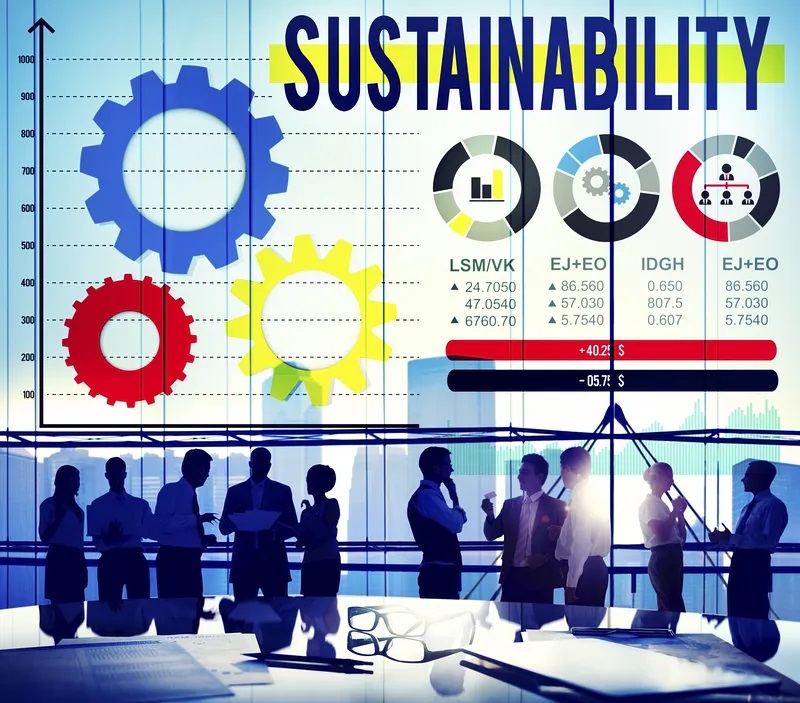By Andromeda Wood, Vice President of Regulatory Strategy at Workiva
The need to become more sustainable is demonstrated through regulation, stakeholder and market pressure, as well the changing climate. Innovation in financial instruments, products and services have been driven by such pressures. For instance, organisations need to align their sustainability objectives with UN Sustainable Development Goals (UNSDGs) and the Paris Agreement. Companies are being driven by the need to achieve such goals, and for there to be the finance necessary to get there, as transition is expected to be expensive. Progress towards these objectives can be demonstrated through their sustainability reporting.
This is easier said than done as sustainability metrics can be difficult to measure, let alone report on. The relevant data is typically found in different departments, making it challenging to collate and analyse. As a result, finance and sustainability teams across the organisation are looking to technology to solve their sustainability reporting challenges. Where gaps remain between these teams, there’s a risk that reports are only telling half of the story or that there are inconsistencies between financial and sustainability stories, these are concerns that should not be ignored.

Using policy to guide processes
Before looking at the technology needed, it’s critical to first review the direction that policy and standard-setting is going. Standard setting initiatives such as the International Sustainability Standards Board (ISSB) as well as the European Financial Reporting Advisory Group’s (EFRAG) work on European Sustainability Standards (ESRS) reflect the latest in a long line of measures aimed at improving sustainability reporting and a substantial consolidation of the web of frameworks and standards. There’s still a way to go here though.
There has been a global shift towards greater reporting standardisation and regulation and this has introduced a need to apply more robust control to ESG data and reporting. One example is the Task Force on Climate-Related Financial Disclosures (TCFD)’s recommendations added to mandatory social and governance reporting requirements in the UK. These outline the most effective principles for companies to analyse, understand and ultimately disclose climate-related financial information.
As regulations, frameworks and stakeholders’ demands evolve, it’s key to stay committed to regularly reassessing the processes an organisation has in place. In particular, this applies to materiality assessments which illustrate which ESG issues matter the most to its stakeholders at any given time but companies will also need to be ready to adjust risk assessments and targets as the sustainable markets mature and so does investor knowledge.
Learning valuable lessons from the finance team
It’s essential that business leaders start now to move towards the processes that will enable future sustainability reports to be in line with regulation but also satisfy the growing and evolving stakeholder demands. There is already a powerful demand for the data (qualitative and quantitative) to enable the sustainable finance transition from many asset owners and managers.
Organisations should aim to produce sustainability reports with the same rigour, assurance of quality and global comparability as annual financial reports. This requires collaborative efforts between finance teams, sustainability teams, and ultimately the entire business.To address the challenges this model presents, organisations need to consolidate the data to establish a single source of truth for all financial and non-financial information. Bringing the data together only solves half the problem however, consolidated processes are also essential. This is where technology can play a key role.
Utilising automation to produce accurate and auditable reports
Data needs to be consistently merged in real-time to produce fully transparent, trustworthy sustainability reports which can easily be integrated with the financial data. It’s important to choose software which utilises automation and real-time collaboration to ensure that when a data point is updated in one place, it is updated in every relevant analysis and report. This is most effective when combined with a platform that centralises all the related teams, and integrates the full reporting process.
It’s also important to build flexibility and control into automation processes so that organisations can future-proof both sustainability and financial reporting timelines against further inevitable change. Rather than building out a reporting roadmap that is set in stone and, as a result, not scalable in the long term, teams should consider an adaptable roadmap.This approach considers two or three routes to success, increasing the probability of meeting reporting requirements today and accommodating future regulations and mandates.
Without a strategy that makes use of technology, organisations will struggle to build the necessary control and resilience into their sustainability processes. Embedding automation helps to improve efficiency, ensure consistency of data and enables organisations to focus on reporting the right information to the right people.
The imperative of working together
This approach to reporting provides the trusted information that fosters investor confidence, and clear visibility into the sustainability roadmap across the organisation. The transition towards (just) ‘net zero’ operations will not be straightforward for all but good preparation can smooth the route.
With businesses continually having to break new ground, there is no doubt that the collaboration between finance, ESG and IT teams will be beneficial. In particular, aligning policy and delivery as well as utilising existing technology is key to successfully addressing both present and future sustainability standards.
As businesses begin to gather and validate the data needed to power sustainable finance and therefore the transition to a greener economy ESG and finance leaders must work together to navigate the standards and data required by regulation and stakeholders. Collaboration between these two departments enables the agility and scalability needed to prepare for and embrace change.


